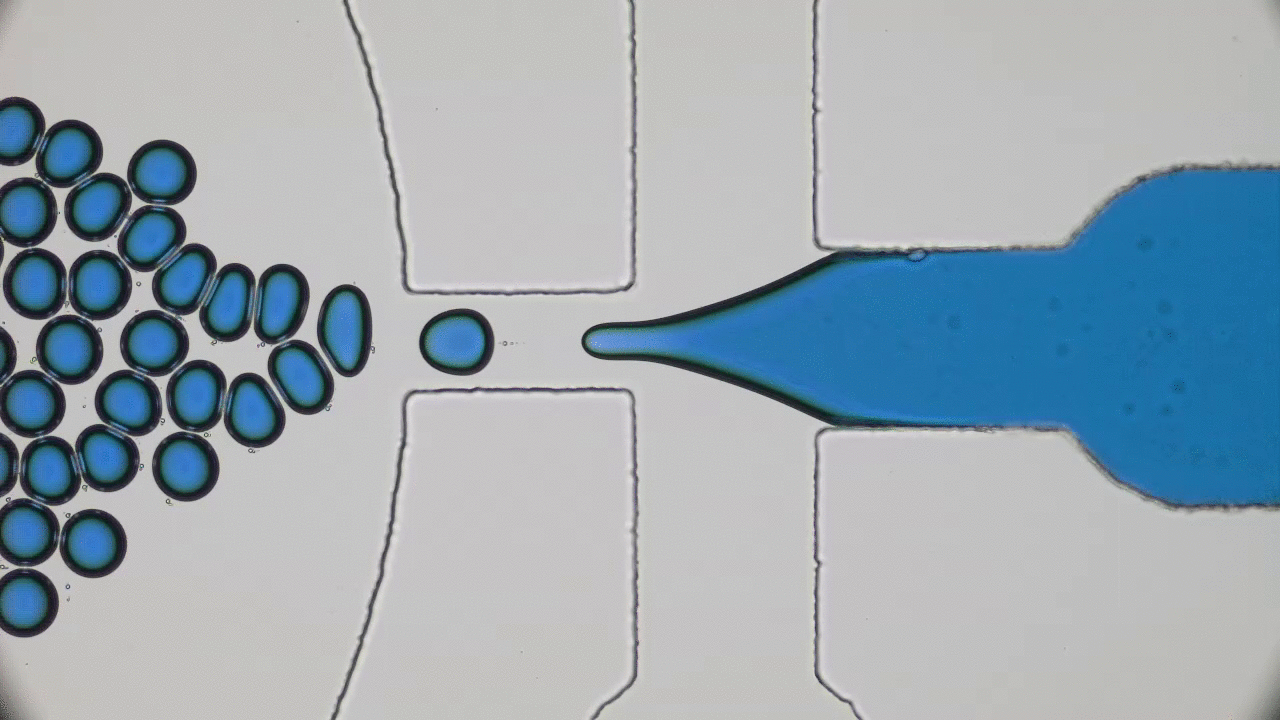How do squid build a self-assembling “perfect” lens? Research reveals that diffusion and cell biology are the key.
Biological Materials at SICB 2019
From fire ants to spider silk, tooth enamel to lizard scales, and chemistry to computer science, there are lots of opportunities for soft-matter scientists to study biological questions!



